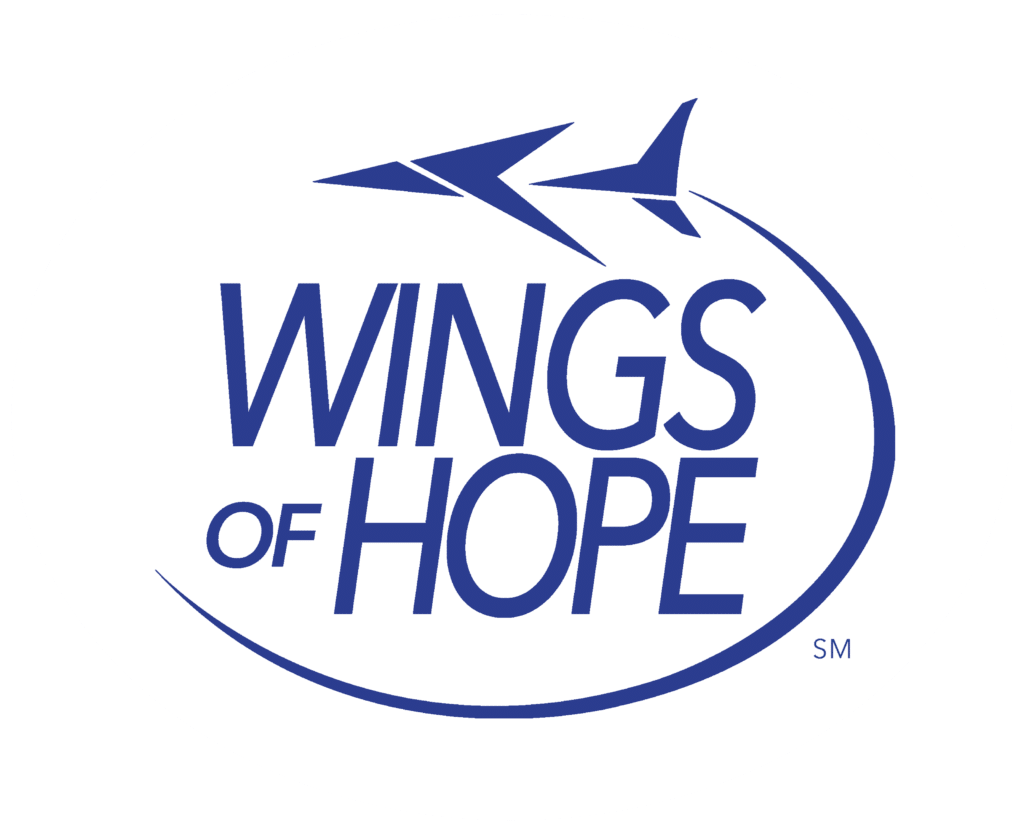Paraguay

Paraguay
Global Humanitarian Network Partner:
Iglesia Centro Cristiano Siloh
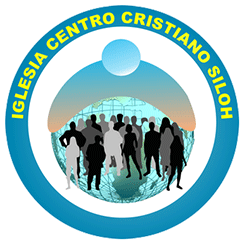
Wings of Hope partners with Iglesia Centro Cristiano Siloh, which provides medical and humanitarian assistance to 15 indigenous communities in rural northeast Paraguay through monthly flights. They provide practical teaching on family, health and financial issues, as well as covering immediate needs related to food, health care and medicine — at no cost to participants. They also provide medevac services to this region that is home to more than 10,000 people.
Wings of Hope modified a Cessna 182 aircraft specifically for Iglesia Centro Cristiano Siloh’s missions, which has allowed them to expand their services even further. With the new aircraft, they have been able to expand their dental care services via aviation to six departments (states) in Paraguay, including Canindeyú, Amambay, Alto Paraguay, Presidente Hayes, Boquerón and Caazapa. This expansion has enabled them to reach even more underserved communities and provide essential dental care services to those who would otherwise have limited access to such care.
Iglesia Centro Cristiano Siloh built a women’s health clinic that provides specialized medical care and services to women in the area. The clinic offers a wide range of services including prenatal care, family planning, breast cancer screening and other women’s health issues. The partnership between Wings of Hope and Iglesia Centro Cristiano Siloh is a powerful example of how organizations can work together to provide essential medical services to underserved communities in remote areas.
Republic of Paraguay
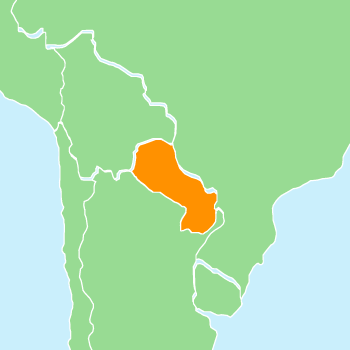
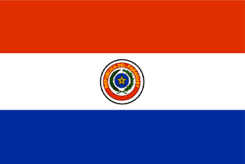
Capital: Asunción
Currency: Paraguayan Guarani
Language: Spanish
Landmarks: Jesuits Mission of La Santisima Trinidad de Parana and Jesus de Tavarangue
Geography:
Paraguay is situated in the heart of South America, landlocked by its neighboring countries. To the north and northeast, it shares borders with Brazil, while to the west and southwest, it is bordered by Argentina. Paraguay’s southeastern border is defined by the Paraná River, which separates it from Argentina and forms part of the Triple Frontier with Brazil.
While Paraguay lacks direct access to the sea, it has access to international trade routes through the Paraguay River, which flows through the country from north to south. The Paraguay River is navigable and provides an important transportation artery for the country’s trade and commerce. Overall, Paraguay’s landlocked location influences its economic and geopolitical dynamics, as it relies on its neighbors for access to global markets.
The history of Paraguay spans several distinct periods. The pre-Columbian era saw the presence of various indigenous groups, including the Guarani and Ayoreo, who had established complex societies with their own languages, religions and social structures. In the 16th century, the Spanish arrived in the region and established a colony, primarily interested in exploiting the region’s natural resources and converting indigenous people to Christianity. Paraguay became an independent nation in 1811, but its early years were marked by territorial disputes and internal conflicts. The 19th century saw a devastating war with Argentina, Brazil and Uruguay, resulting in the deaths of a significant portion of the population and the country’s infrastructure. The 20th century was characterized by authoritarian leaders, such as Alfredo Stroessner, who ruled the country from 1954 to 1989, and the country remained largely agrarian. In the 1990s, Paraguay returned to democratic rule and began modernizing its economy, which is currently based on agriculture and manufacturing. Despite significant challenges related to political instability, economic and social inequality, and human rights issues, the country has made progress in recent years toward improving the lives of its people.
Paraguay has made significant improvements in health care over the past few decades, increasing its health care spending and improving access to health care services, resulting in declining infant and maternal mortality rates and an increase in life expectancy. However, the country still faces significant health care challenges, particularly in rural areas where access to health care services is limited due to a lack of basic health care infrastructure, such as hospitals and clinics. Additionally, many rural residents face significant barriers to accessing health care services. The prevalence of non-communicable diseases such as diabetes and cardiovascular diseases is increasing in Paraguay, and the country faces challenges related to the availability and affordability of medicines. While Paraguay has made progress in improving health care, significant challenges remain requiring continued investment in health care infrastructure and services, particularly in rural areas.
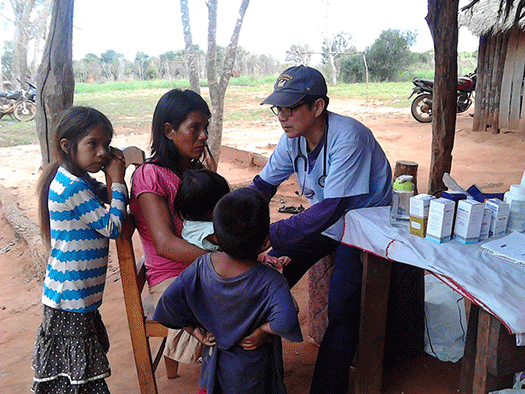
0
Expected Years of Schooling
0
Mean Years of Schooling
0
Gross National Income
(Per Capita)
$
0
Paraguay
Worldwide
Disease (by percentage %)

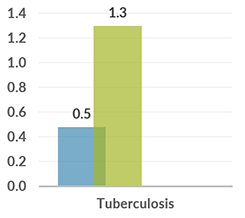
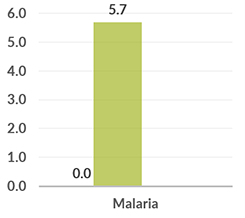
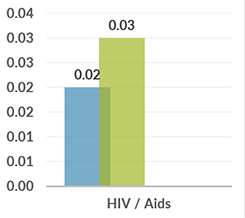
The number of people suffering from diabetes refers only to inhabitants aged between 20 and 79 years.
Child Vaccine (by percentage %)
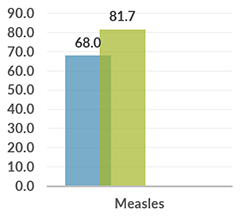
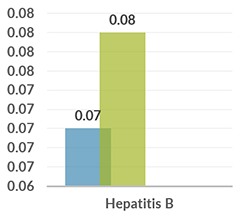
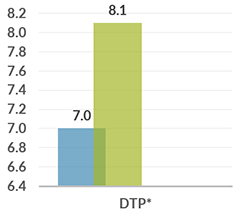
DTP is a combined basic vaccination against diphtheria, pertussis (whooping cough) and tetanus, which should be given to children up to the age of 23 months.
Patient Story
Iglesia Centro Cristiano Siloh airlifted a very young child who had a dangerously high fever. This proved to be a life-saving intervention as the child was immediately hospitalized in the intensive care unit due to severe respiratory problems. The indigenous children in this region are particularly vulnerable to lung diseases like pneumonia and tuberculosis due to undernourishment and weakened immune systems.
Patient Story #1
Mabel is a young indigenous woman who was severely injured after being hit by a drunk driver on a motorcycle. She underwent multiple surgeries for head injuries and there were concerns that she may not be able to walk again, as the lower part of her body and legs were unresponsive and she had limited mobility. With the help of her parents, Patricia facilitated her transportation back to her community and provided her with a wheelchair. Through continued support and prayers, Mabel has made a remarkable recovery and is now able to walk normally.
The history of Paraguay spans several distinct periods. The pre-Columbian era saw the presence of various indigenous groups, including the Guarani and Ayoreo, who had established complex societies with their own languages, religions and social structures. In the 16th century, the Spanish arrived in the region and established a colony, primarily interested in exploiting the region’s natural resources and converting indigenous people to Christianity. Paraguay became an independent nation in 1811, but its early years were marked by territorial disputes and internal conflicts. The 19th century saw a devastating war with Argentina, Brazil and Uruguay, resulting in the deaths of a significant portion of the population and the country’s infrastructure. The 20th century was characterized by authoritarian leaders, such as Alfredo Stroessner, who ruled the country from 1954 to 1989, and the country remained largely isolated and agrarian. In the 1990s, Paraguay returned to democratic rule and began modernizing its economy, which is currently based on agriculture and manufacturing. Despite significant challenges related to political instability, economic and social inequality, and human rights issues, the country has made progress in recent years toward addressing these issues and improving the lives of its people.
Paraguay has made significant improvements in health care over the past few decades, increasing its health care spending and improving access to health care services, resulting in declining infant and maternal mortality rates and an increase in life expectancy. However, the country still faces significant health care challenges, particularly in rural areas where access to health care services is limited due to a lack of basic health care infrastructure, such as hospitals and clinics. Additionally, many rural residents face significant barriers to accessing health care services. The prevalence of non-communicable diseases such as diabetes and cardiovascular diseases is increasing in Paraguay, and the country faces challenges related to the availability and affordability of medicines. While Paraguay has made progress in improving health care, significant challenges remain requiring continued investment in health care infrastructure and services, particularly in rural areas.

0
Expected Years of Schooling
0
Mean Years of Schooling
0
Gross National Income
(Per Capita)
$
0
Paraguay
Worldwide
Disease (by percentage %)




The number of people suffering from diabetes refers only to inhabitants aged between 20 and 79 years.
Child Vaccine (by percentage %)



DTP is a combined basic vaccination against diphtheria, pertussis (whooping cough) and tetanus, which should be given to children up to the age of 23 months.
Patient Story
Iglesia Centro Cristiano Siloh airlifted a very young child who had a dangerously high fever. This proved to be a life-saving intervention as the child was immediately hospitalized in the intensive care unit due to severe respiratory problems. The indigenous children in this region are particularly vulnerable to lung diseases like pneumonia and tuberculosis due to undernourishment and weakened immune systems.
Patient Story #1
Mabel is a young indigenous woman who was severely injured after being hit by a drunk driver on a motorcycle. She underwent multiple surgeries for head injuries and there were concerns that she may not be able to walk again, as the lower part of her body and legs were unresponsive and she had limited mobility. With the help of her parents, Patricia facilitated her transportation back to her community and provided her with a wheelchair. Through continued support and prayers, Mabel has made a remarkable recovery and is now able to walk normally.
Iglesia Centro Cristiano Siloh:
Changing Lives and Saving Futures with Humanitarian Aviation in Rural Northeast Paraguay
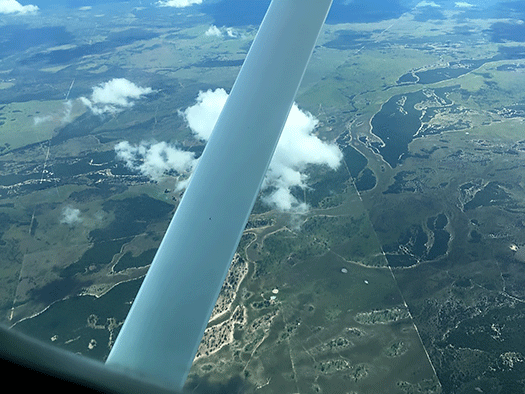
Join Wings of Hope in supporting our partnership with Iglesia Centro Cristiano Siloh to provide critical medical and humanitarian aid to indigenous communities in rural northeast Paraguay. With your help, they can continue to offer monthly flights that deliver practical teachings on family, health and financial issues, as well as cover immediate needs related to food, health care and medicine — at no cost to participants. Your support also helps to provide medevac services to a region home to over 10,000 people. Let’s work together to make a positive impact on the lives of those in need.
